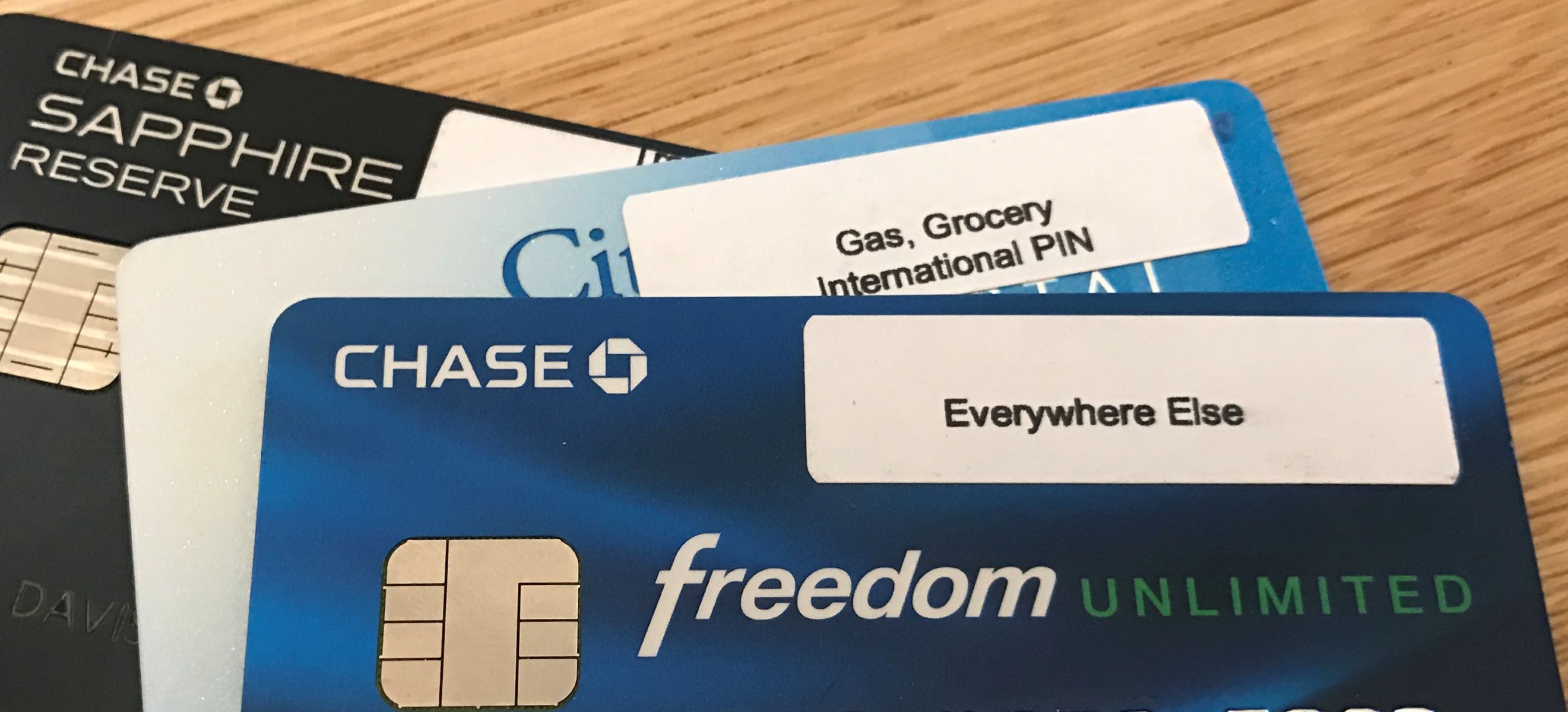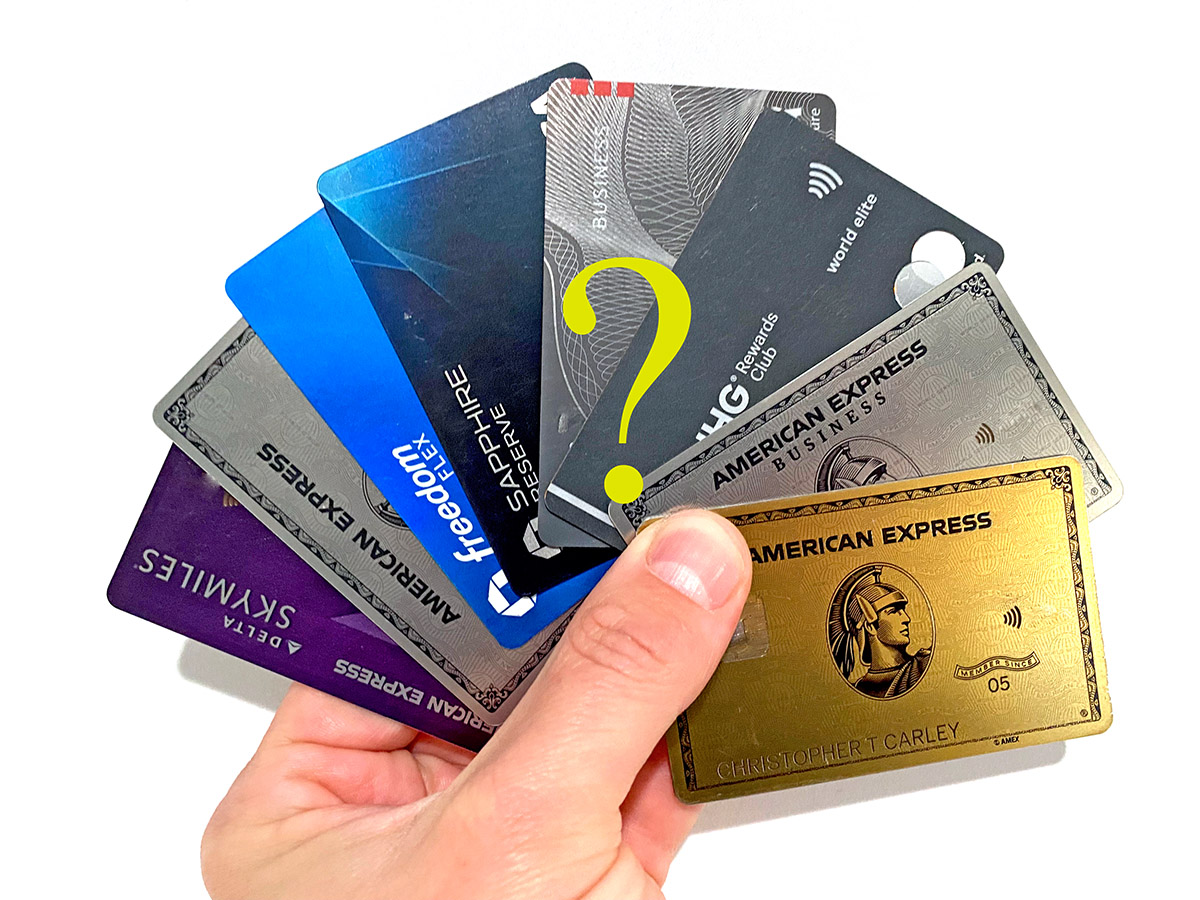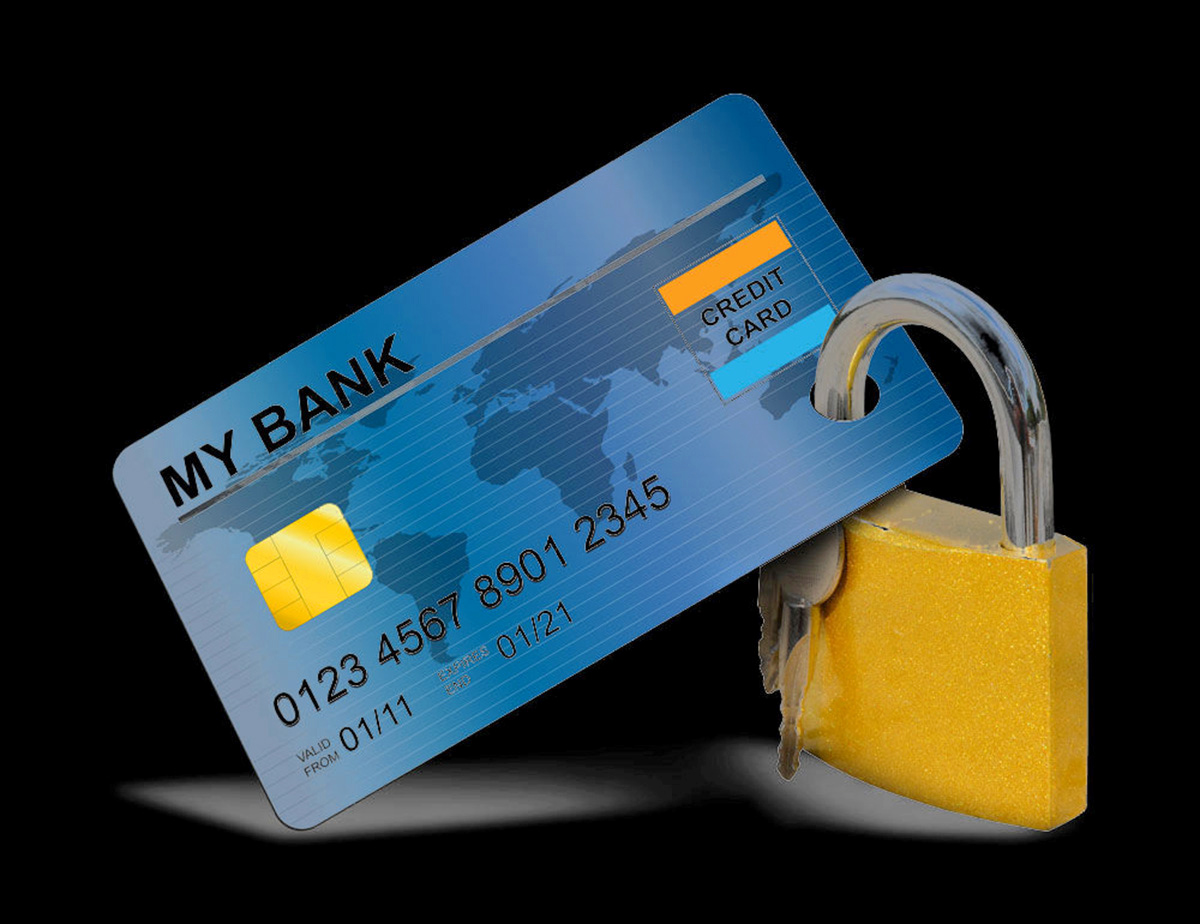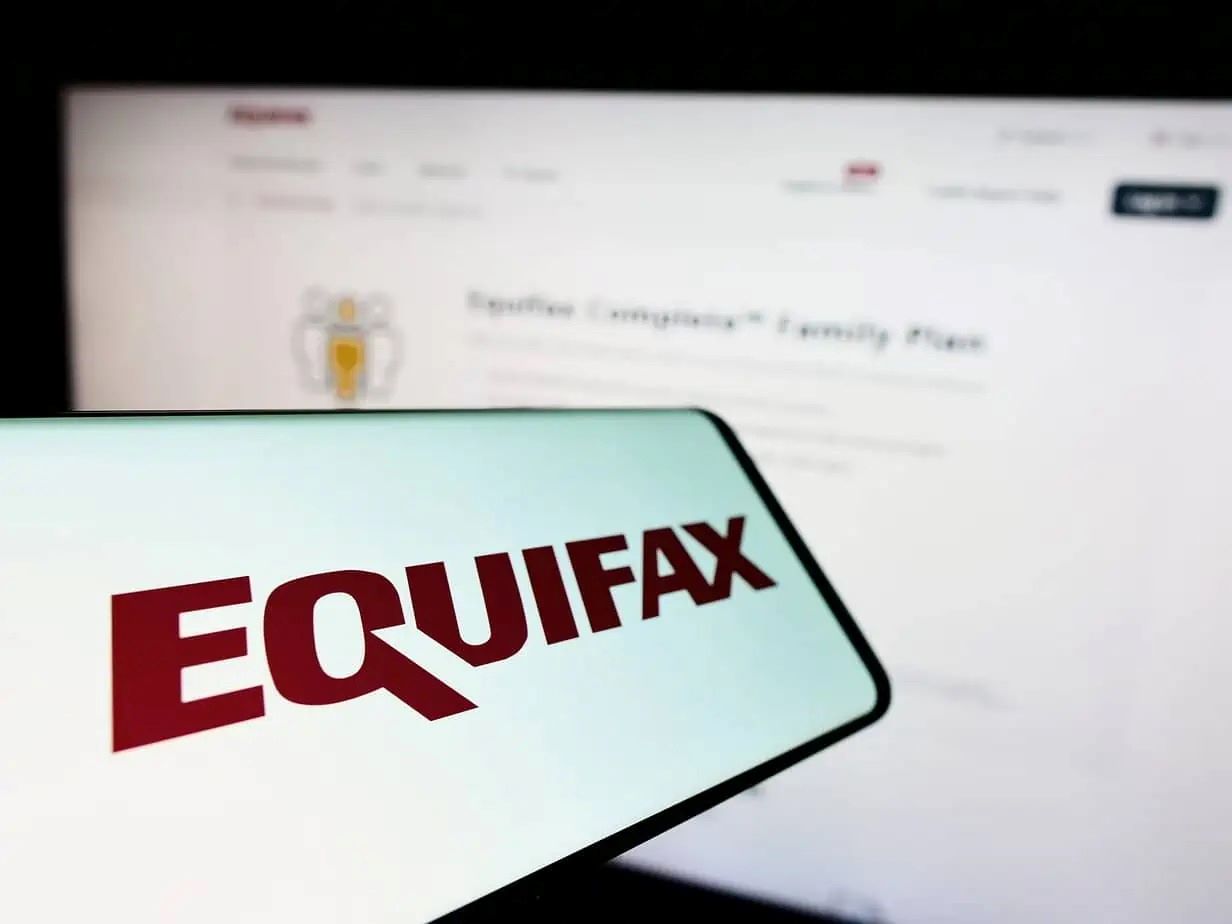

Finance
What Is A Sub Credit Card
Published: October 24, 2023
Looking to manage your finances more effectively? Discover what a sub credit card is and how it can help you achieve better control over your finances.
(Many of the links in this article redirect to a specific reviewed product. Your purchase of these products through affiliate links helps to generate commission for LiveWell, at no extra cost. Learn more)
Table of Contents
Introduction
In today’s modern world, credit cards have become an essential tool for managing personal finances. They provide convenience, security, and flexibility when it comes to making purchases and managing expenses. While most people are familiar with traditional credit cards, there is another type of credit card that has gained popularity in recent years – sub credit cards.
Sub credit cards are an innovative solution that allows individuals to extend credit card benefits to family members or authorized users. Whether it’s for teenagers who are just starting to learn about financial responsibility or elderly parents who may need assistance, sub credit cards offer a practical way to provide financial support and enable controlled spending.
In this article, we will explore the concept of sub credit cards, how they work, the benefits they offer, and the different types available. We will also discuss the eligibility requirements, potential risks, and provide some tips for effectively using sub credit cards to help you make informed decisions about whether they are the right option for you or your loved ones.
Definition of a Sub Credit Card
A sub credit card, also known as an authorized user card or supplementary card, is an additional credit card linked to the primary cardholder’s account. It allows the primary cardholder to grant access to family members, friends, or trusted individuals to make purchases using the credit card account.
With a sub credit card, the primary cardholder maintains control over the account while providing the convenience and benefits of a credit card to the authorized user. The authorized user receives a separate card with their name on it and can use it for purchases just like a regular credit card. However, the primary cardholder retains responsibility for the payment of all charges made on the sub credit card.
One key feature of sub credit cards is that they have spending limits that can be set by the primary cardholder. This helps to ensure that the authorized user does not exceed the designated spending amount and allows for better control over the credit card usage.
It’s important to note that a sub credit card is different from a joint credit card. With a joint credit card, the primary cardholder and the co-applicant share equal responsibility for the account and have the ability to make changes to the credit card terms. In contrast, with a sub credit card, the primary cardholder retains complete control and can add or remove authorized users as needed.
Sub credit cards are offered by many major credit card issuers and can be a useful tool for managing the finances of your family members or assisting others with their financial needs. Let’s take a closer look at how sub credit cards work and the benefits they provide.
How Sub Credit Cards Work
Sub credit cards work by linking them to the primary cardholder’s credit card account. When the primary cardholder adds an authorized user, a new sub credit card is issued to that person. The authorized user can then use the sub credit card to make purchases, just like a regular credit card.
The primary cardholder has the ability to set spending limits for each sub credit card. This allows them to control how much the authorized user can spend. The primary cardholder can also monitor the transactions made on the sub credit card through online banking or monthly statements, ensuring transparency and accountability.
The payment responsibility for the sub credit card rests solely on the primary cardholder. Any charges made on the sub credit card will be added to the primary cardholder’s account and must be paid off by them. This means that the authorized user does not have the obligation to make the payments.
In terms of credit reporting, some credit card issuers may report the sub credit card’s activity to the credit bureaus. This can have both positive and negative implications. If the authorized user makes timely payments and maintains good credit habits, it can help them build a positive credit history. However, if they make late payments or accumulate high balances, it could have a negative impact on their credit score as well as the primary cardholder’s credit score.
It’s also worth mentioning that the primary cardholder has the ability to remove or add authorized users to the sub credit card account at any time. This provides flexibility for managing who has access to the credit card and allows for easy addition or removal of users as circumstances change.
Overall, sub credit cards offer a convenient and controlled way for the primary cardholder to extend credit card access to trusted individuals. They provide a way to help others build credit or manage their expenses while maintaining control over the account and ensuring responsible credit card usage.
Benefits of Sub Credit Cards
Sub credit cards offer numerous benefits to both the primary cardholder and the authorized user. Let’s explore some of the key advantages of using sub credit cards:
1. Financial Management and Control: Sub credit cards allow the primary cardholder to monitor and manage the spending of authorized users. By setting spending limits, the primary cardholder can ensure that the authorized user does not exceed a certain amount each month, promoting responsible spending habits and preventing excessive debt.
2. Convenient Expense Tracking: With sub credit cards, it becomes easier to track the expenses of authorized users. The primary cardholder can view detailed transaction history and statements, making it simpler to keep track of where the money is being spent. This level of transparency can also be helpful for budgeting purposes.
3. Building Credit History: For authorized users, sub credit cards can provide an opportunity to build or improve their credit history. Responsible use of the sub credit card, such as making timely payments and keeping balances low, can contribute positively to their credit score. This can be especially beneficial for individuals who are just starting to build their credit profile.
4. Emergency Situations: Sub credit cards can be invaluable in emergency situations. Authorized users, such as students or elderly family members, can have access to funds in case of unforeseen circumstances or urgent expenses. This provides peace of mind, knowing that help is readily available when needed.
5. Teaching Financial Responsibility: Sub credit cards can be a valuable tool for teaching financial responsibility to teenagers or young adults. By giving them limited access to a credit card, under the guidance and supervision of the primary cardholder, they can learn important lessons about budgeting, managing expenses, and making responsible financial decisions.
6. Additional Benefits and Rewards: Sub credit cards often come with the same benefits and rewards as the primary credit card. This means that authorized users can enjoy perks like cashback, travel rewards, or discounts on purchases made with the sub credit card. It’s a way to extend the benefits of the primary card to others and enhance their overall financial experience.
7. Convenience and Flexibility: Sub credit cards offer convenience and flexibility in managing personal finances. Authorized users don’t have to carry cash or rely on the primary cardholder for all their purchases. They can make transactions independently, providing a sense of financial independence and empowerment.
Overall, sub credit cards provide a range of advantages, including financial control, expense tracking, credit-building opportunities, emergency funding, financial education, rewards, and convenience. They can be a valuable tool for managing family finances and promoting responsible money management for authorized users.
Types of Sub Credit Cards
There are different types of sub credit cards available, each with its own features and benefits. Let’s explore some common types of sub credit cards:
1. Family Sub Credit Cards: These types of sub credit cards are designed to provide financial support for family members, such as children or elderly parents. The primary cardholder can set spending limits, monitor transactions, and teach financial responsibility to the authorized users.
2. Employee Sub Credit Cards: Many businesses offer sub credit cards to their employees as a way to streamline expense management. These cards allow employees to make work-related purchases while providing the company with control and oversight over the spending. This can simplify the reimbursement process and improve expense tracking for both the employee and the employer.
3. Student Sub Credit Cards: Designed specifically for students, these sub credit cards offer an opportunity for young adults to start building their credit history. Parents or guardians can add their children as authorized users, set spending limits, and monitor their spending behavior. It’s a way to teach financial responsibility and provide a safety net for unexpected expenses.
4. Supplementary Sub Credit Cards: Supplementary sub credit cards are issued to trusted individuals who are not necessarily family members. They can be given to friends, partners, or anyone the primary cardholder wishes to provide credit card access to. These cards allow the primary cardholder to share the benefits of their credit card with others while maintaining control over the account.
5. Secured Sub Credit Cards: While less common, some financial institutions offer secured sub credit cards. These cards require a deposit or collateral to secure the credit limit. Secured sub credit cards are often used by individuals with limited or poor credit history as a way to build or rebuild credit.
It’s important to note that the availability and features of sub credit cards may vary depending on the credit card issuer. Before applying for a sub credit card, it’s advisable to compare different options and choose the one that best fits your needs and requirements.
Remember, the primary cardholder retains control and is responsible for all charges made on the sub credit card. Therefore, it’s crucial to understand the terms and conditions associated with the specific sub credit card you choose.
Eligibility and Requirements for Sub Credit Cards
To be eligible for a sub credit card, there are certain requirements that both the primary cardholder and the authorized user must meet. These requirements may vary depending on the credit card issuer and their specific policies. Below are some common eligibility criteria and requirements:
Primary Cardholder:
1. Creditworthiness: The primary cardholder typically needs to have a good credit history and a strong credit score to qualify for a sub credit card. Credit card issuers want to ensure that the primary cardholder is financially responsible and capable of managing credit.
2. Age: The primary cardholder must be of legal age, usually 18 years or older, to apply for a sub credit card. Some credit card issuers may have a higher minimum age requirement.
3. Existing Credit Card Account: In most cases, the primary cardholder must already have an active credit card account with the issuer. This serves as the basis for adding authorized users and obtaining sub credit cards.
Authorized User:
1. Relationship to the Primary Cardholder: The authorized user is typically a family member, spouse, partner, or someone trusted by the primary cardholder. Some credit card issuers may require proof of relationship or a specific level of trustworthiness for non-family members.
2. Age Requirement: The authorized user must meet the minimum age requirement set by the credit card issuer. This requirement may vary, but it is usually 18 years or older.
3. Identification Documents: Depending on the credit card issuer, the authorized user may need to provide identification documents such as a valid government-issued ID or social security number.
It’s important to note that while sub credit cards allow the authorized user to make purchases, they do not have the same legal rights and responsibilities as the primary cardholder. The primary cardholder is ultimately responsible for all charges made on the sub credit card.
Before applying for a sub credit card, it’s advisable to check the specific eligibility requirements and application process of the credit card issuer. Some issuers may charge additional fees for adding authorized users or have restrictions on the number of authorized users allowed on a single account.
Remember to evaluate your financial situation and consider the responsibility of managing additional credit before adding authorized users and obtaining sub credit cards.
Potential Risks and Considerations
While sub credit cards offer several benefits, it’s essential to be aware of the potential risks and considerations associated with their use. Understanding these factors can help you make informed decisions and mitigate any potential drawbacks. Here are some important points to consider:
1. Financial Liability: As the primary cardholder, you are ultimately responsible for all charges made on the sub credit card. If the authorized user does not make payments or exceeds the set spending limit, it falls on you to repay the debt. It’s important to set clear expectations, establish spending limits, and communicate responsible credit card usage to the authorized user.
2. Credit Score Impact: Any late payments or high balances on the sub credit card can negatively impact both the authorized user’s and the primary cardholder’s credit scores. It’s crucial to encourage responsible spending habits and ensure timely repayment of the sub credit card balance.
3. Trustworthiness of Authorized Users: Adding authorized users means granting them access to your credit card account. It’s vital to trust the authorized users and have open communication about responsible spending and financial expectations. Be cautious when adding individuals who may have a history of financial irresponsibility.
4. Impact on Future Applications: The primary cardholder’s creditworthiness may be affected when applying for loans or new credit cards. Lenders may consider the total credit utilization, including the sub credit card balances, when assessing your creditworthiness.
5. Fraud and Misuse: There is a risk of unauthorized use or fraud on the sub credit card. It’s important to closely monitor the transactions to detect any suspicious activity and report it immediately to the credit card issuer.
6. Fees and Charges: Some credit card issuers may charge additional fees for adding authorized users to the sub credit card account. It’s crucial to understand the fee structure and assess whether the benefits of providing a sub credit card outweigh the costs.
7. Impact on Relationship: Adding authorized users can impact personal relationships, especially if there are disagreements or misunderstandings about spending limits or repayment responsibilities. Open communication and clear expectations are essential to maintain healthy relationships.
It’s important to carefully weigh the risks and benefits of sub credit cards and consider your personal financial situation before adding authorized users. By setting clear guidelines, maintaining open communication, and promoting responsible credit card usage, you can minimize the potential risks and enjoy the benefits that come with providing sub credit card access to trusted individuals.
Tips for Using Sub Credit Cards Effectively
Using sub credit cards can be a valuable tool for managing expenses and building credit. To make the most of this financial tool, consider the following tips for using sub credit cards effectively:
1. Set Clear Spending Limits: As the primary cardholder, it’s crucial to establish clear spending limits for each authorized user. This helps to ensure responsible spending habits and prevents excessive debt. Regularly review and adjust spending limits as needed.
2. Monitor Card Activity: Stay vigilant and monitor the transactions made on the sub credit card. Most credit card issuers provide online banking or mobile apps that allow you to track purchases in real-time. Regularly review statements for accuracy and potential fraudulent activity.
3. Communicate Financial Expectations: Openly communicate with authorized users about responsible credit card usage, the importance of making timely payments, and the potential impact on credit scores. Encourage discussions about budgeting and financial responsibility.
4. Educate Authorized Users: If the authorized user is new to credit cards, provide guidance and education on how credit cards work, the importance of paying bills on time, and the impact of credit utilization on credit scores. Help them understand the long-term consequences of financial decisions.
5. Regularly Review Credit Card Statements: Take the time to carefully review your credit card statements to ensure all charges are accurate and authorized. If you notice any discrepancies, contact the credit card issuer immediately to resolve the issue.
6. Encourage Responsible Spending Habits: Help authorized users develop responsible spending habits by discussing the difference between needs and wants, the importance of budgeting, and avoiding impulsive purchases. Providing guidance can help them form healthy financial habits.
7. Monitor and Manage Credit Utilization: Keep an eye on the overall credit utilization ratio of the sub credit card account. Aim to keep credit utilization below 30% to maintain a healthy credit score. If necessary, consider increasing the credit limit or making multiple payments per month to keep the balance low.
8. Regularly Review Authorized Users: Periodically reassess the list of authorized users and remove any individuals who no longer require access to the sub credit card. This helps to maintain control over the account and ensures that the authorized users are still trusted and responsible.
9. Foster Open Communication: Encourage authorized users to communicate openly about any questions, concerns, or financial difficulties they may encounter. This allows for proactive resolution of any issues and promotes a healthy financial relationship.
10. Be Mindful of Additional Fees: Some credit card issuers charge fees for adding authorized users or for providing certain benefits. Understand the fee structure associated with the sub credit card and consider whether the fees outweigh the benefits.
By implementing these tips, you can effectively manage sub credit cards, promote responsible spending habits, and reap the benefits of this financial tool while minimizing potential risks.
Conclusion
Sub credit cards are a useful tool for managing family expenses, assisting others with their finances, and teaching financial responsibility. They provide convenience, control, and the opportunity to build credit history for authorized users. However, it’s important to consider the potential risks and take necessary precautions to use sub credit cards effectively.
As the primary cardholder, setting clear spending limits, monitoring card activity, and promoting open communication with authorized users are critical. It’s crucial to establish responsible spending habits and educate authorized users on the importance of timely payments and maintaining a good credit score.
While sub credit cards offer benefits such as financial management, convenience, and rewards, they also come with potential risks. Financial liability, credit score impact, and the trustworthiness of authorized users should be carefully considered before adding individuals to the sub credit card account.
By following these best practices and tips for using sub credit cards effectively, you can make the most of this financial tool and foster positive financial habits among authorized users. Regularly reviewing credit card statements, monitoring credit utilization, and maintaining communication with authorized users will help ensure a smooth and responsible credit card experience.
Remember, sub credit cards are a financial responsibility. Carefully assess your own financial situation and the needs of authorized users before making the decision to add them to your credit card account. Responsible credit card use can foster financial well-being and contribute to long-term financial success for both the primary cardholder and authorized users.














